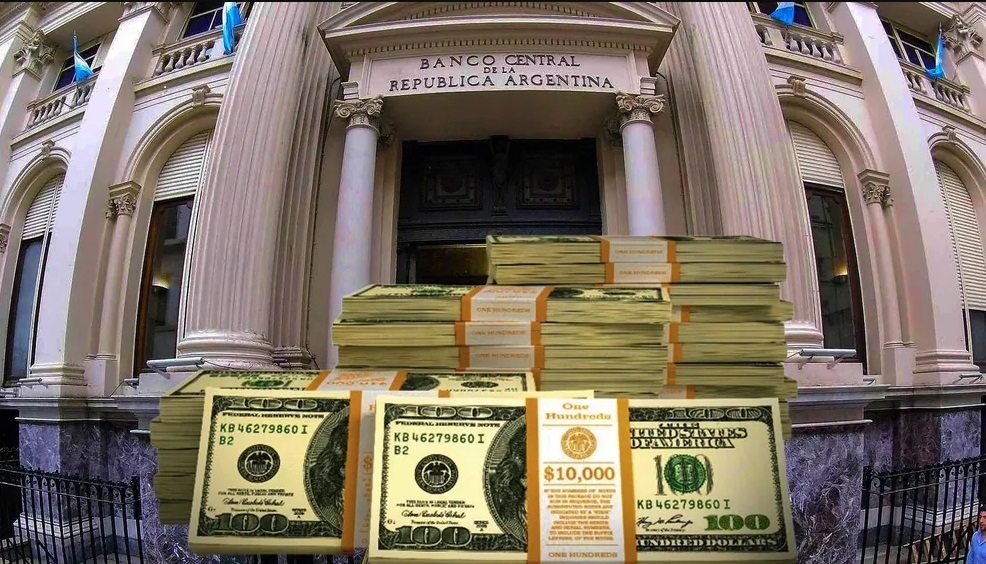
The external front adds more pressure to an economic management that made the reduction of inflation its main achievement, however various analysts question whether this situation can be sustained over time, as confirmed by INDEC data for June placed it at 4.6% above the previous month. With no way out of the exchange rate trap yet, the Government’s fate depends more than ever on the foreign currency it can obtain through exports, with soybeans as the main product; even more so after the announcement that the CCL will be intervened, which could provide some exchange rate calm – certainly temporary – but preventing the accumulation of reserves by the BCRA.
According to data published by the BCRA, as of July 10, US$ 28,098 M of International Reserves were recorded, registering a fall of 0.9%On the other hand, under the blended exchange scheme by which the agricultural sector is allowed to settle up to 20% in the Cash Settlement, it is a percentage that does not increase the BCRA Reserves since it operates in the financial market, and according to unofficial data Foreign exchange losses due to this mechanism would already be approximately US$ 9,000 M.As a result, the BCRA lost around US$2.7 billion in June, consisting of the payment of bonds for around USD 247 million.

According to data from the Chamber of the Oil Industry and the Center for Cereal Exporters (CIARA – CEC), for June of this year the settlement was just over US$ 2,100 M, which represented a 37% less compared to the same month last year.
Among the reasons that the sector has let slip is the width of the exchange rate gap, which is already around 60%, which is why the agricultural employers’ associations have withheld the liquidation of the 2023/2024 harvest with the idea of pressing for a devaluation of the official exchange rate. However, if the level in tons is taken into account, this drop in the Liquidation has not been recorded since 2009, to the point that there are still 42 million tons unsold.
To account for the drop in liquidation, these records are compared with the 2023/2024 campaign, when the country was experiencing one of the worst droughts in recent years. According to different estimates, the balance of the harvest still pending settlement would be around US$ 13,000 M. All this despite the excellent soybean harvest, doubling the yields recorded in the previous campaign and almost tripling the volume of tons, reaching around 50 million tons.

Source Rosario Stock Exchange
Regarding the evolution of the price of soybeans in the Rosario Futures Market, a significant drop has been recorded, reaching values that have not been recorded since 2021, mainly motivated by the good campaign recorded in the USA.

Given this economic situation, the Government has announced the arrival of Sergio Iraeta, a person from Caputo’s closest circle. An agricultural producer who is more closely linked to the sector’s employer elites but who has already expressed his opposition to removing the withholdings in the current macroeconomic context.
Milei’s “natural ally”, which could have been the agricultural sector, is responding with its wallet, creating more difficulties for the Government to maintain the currency controls. Now they are experimenting with accounting and financial tricks such as the issuance of LEFI, with greater sales of reserves and maintaining the currency controls to avoid the outflow of dollars. However, Inflation continues and the recession in economic activity brings to a close a plan full of holes.
Source: www.laizquierdadiario.com

